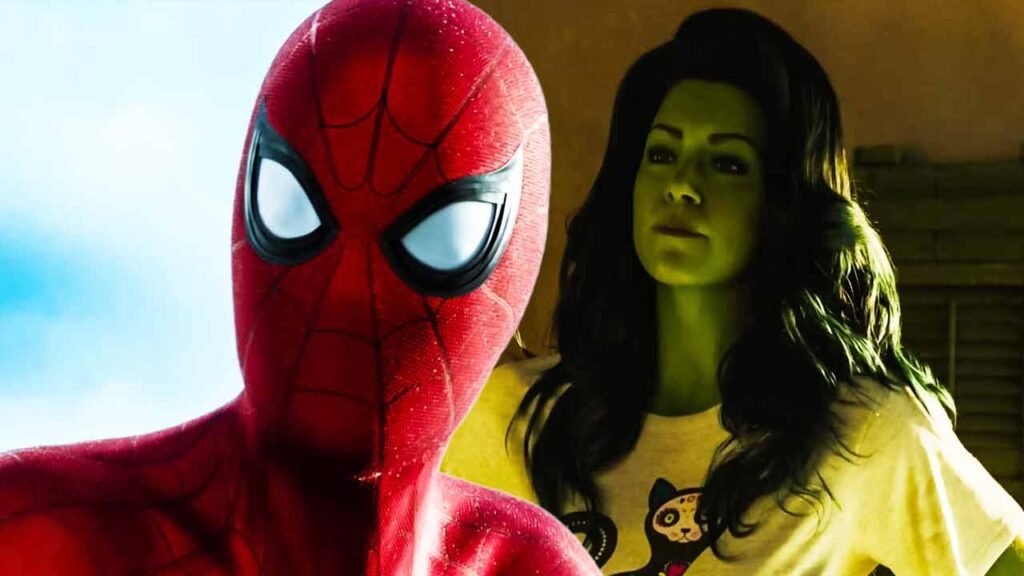SpiderMan Brutal Death Proves He’s Marvel’s Most Selfless Hero
Sneak peek at X-Men: Days of Future Past – Doomsday 1! SpiderMan demonstrates his deep responsibility by choosing the ultimate sacrifice rather than using his powers to take lives. Peter Parker puts into practice the famous lesson that “with great power comes great responsibility.” Bitten by a radioactive spider, young Peter gains a variety of spider-like abilities and decides to use his newfound powers as fuel for good. As Spider-Man, Peter tends to bring out all that is good and decent in people while displaying great restraint. That means he’s not a killer. In X-Men: Days of Future Past by Marc Guggenheim and Manuel Garcia, Spider-Man takes his philosophy to its extreme. In the Dark Nightmare prequel to the Days of Future Past timeline, anti-mutant sentiment is rocking the country. This issue explores the role of non-mutant heroes in a traditional X-Men centric story. The Avengers rise up to protest the American government’s march against oppression and totalitarianism. After the Nitro explosion at Stamford, President Stryker declares martial law across the United States, and prejudice against mutants turns into a general hatred of superheroes. As protests turn into riots outside Avengers Mansion, everyone’s favorite Web Hunter arrives to try and restore calm before things escalate further.
SpiderMan Future Death is Gruesome

It’s a visceral, horrifying death for the wall-crawler. Outside of J. Jonah Jameson, Spider-Man generally not been the subject of any hatred or vitriol and has historically maintained good relations with his fellow New Yorkers. On that fateful day, Spider-Man realized too late how much the people had been corrupted by prejudice and hatred. Parker’s attempts to calm the situation only provide the rioters with a target on which to direct their frustration. First, Spider-Man endures a barrage of insults calling him a mutant (though, as he points out, he’s not a mutant) before the mob openly attacks him. Spider-Man attempts to flee with his web-shooters, which have lead pipes inserted into his skull, but the crowd clings to him and blocks his path. Unable to flee from their clutches, Spider-Man seemingly accepts his fate and is beaten to death with fists, feet and bricks on the Avengers’ lawn.
SpiderMan Keeps to His “Power and Responsibility” Motto to the End

As Kitty Pryde points out, Spider-Man has “strength befitting a spider.” Peter often fights back against common criminals, as he is strong enough to kill someone with one punch. If he wanted to, Peter could fight off anti-mutant mobs without much difficulty. But to do this, Spider-Man must use all of his strength. Against a crowd of civilians, Spider-Man would probably have to brutally slaughter and dismember dozens of them to free himself. While other characters would not hesitate to do this and would justify it in the name of self-defense, Spider-Man refuses to do so. Spider-Man is often described by his fellow heroes as “the best among us,” not only because of his selfless nature, but also because of the measures he takes to prevent significant harm from happening to anyone, even if it is a passerby or an innocent person. The supervillain hit him with a cybernetic octopus tentacle. Spider-Man’s killers are hateful and violent, but they are still human, and he is not willing to take many lives to save his own. If Spider-Man wanted to, he could kill the entire mob, and they would be defenseless to stop him. But even faced with such a horrific and violent outcome, Peter Parker chooses not to unleash his powers in a way that would result in shocking levels of brutality. With great power comes great responsibility, and Spider-Man would rather die than be responsible for the deaths of others, even if it represents the worst side of humanity.




